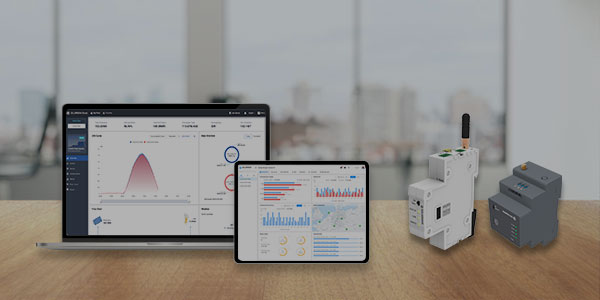When talking about weather stations, it can be mentioned that they usually consist of multiple instruments and equipment used to measure and record multiple meteorological data. This data can be collected by sensors and measuring instruments and then transmitted wirelessly or wired to a data center for analysis and generation of weather forecasts. Weather stations are usually installed at fixed locations, such as weather stations, airports, farmland, or city centers, to obtain weather information for specific areas.
Common weather station instruments include thermometers, hygrometers, barometers, anemometers, wind direction gauges, and rain gauges. Some advanced weather stations may also include other instruments such as radiometers, photometers, and surface thermometers. Data from these instruments can help us understand local meteorological conditions, including changes in temperature, humidity, air pressure, wind strength and direction, and precipitation.
Data from weather stations are used not only to generate weather forecasts but also to study climate change and monitor climate patterns. By comparing meteorological data from different regions, scientists can study and understand climate change trends and predict future climate patterns. In addition, weather station data are also widely used in agriculture, water resources management, energy industry, urban planning and other fields to help make decisions and formulate corresponding response measures.
All in all, weather stations play an important role in collecting and recording meteorological data, providing valuable information for weather forecasting, climate research and related industries










